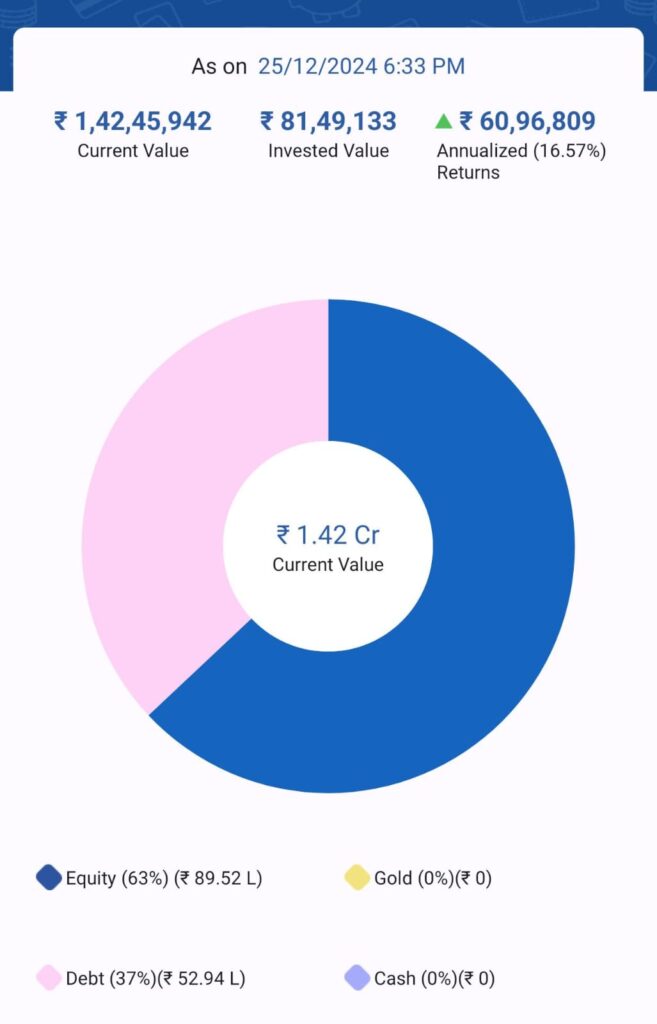
This is for informational purposes only. For financial advice or fiduciary services, consult a professional. It’s wise to create a retirement plan that balances growth and income for your 60-year old client. Here’s a breakdown of key considerations:
(1) Determine Her Risk Tolerance How comfortable is she with market fluctuations? Since she’s relying on these funds for income, a conservative approach might be preferable. What is her time horizon? While she’s retired, she may still have a long life expectancy, meaning some growth investments could be suitable.
(2) Assess Her Income Needs What are her essential monthly expenses? Does she have other sources of income (pension, social security)? How long does she anticipate needing this income?
(3) Develop an Asset Allocation Strategy A mix of equity and debt funds is a common approach for retirees. Equity Funds:
Purpose : Provide growth potential to outpace inflation. Considerations: Opt for large-cap or balanced funds for relative stability. Debt Funds: Purpose: Generate steady income and preserve capital. Considerations: Include a mix of short-term and long-term bond funds for diversification.
(4) Implement a Systematic Withdrawal Plan (SWP) How it works: She receives a fixed amount regularly (monthly, quarterly) from her investments. Key factors: Withdrawal rate: Start with a conservative rate (e.g., 4% annually) to minimize the risk of depleting her funds too quickly. Review and adjust: Periodically reassess her needs and market conditions to adjust the withdrawal amount if necessary.
(5) Additional Tips Emergency Fund: Ensure she has a separate emergency fund for unexpected expenses. Tax Efficiency: Consider tax-advantaged accounts or strategies to minimize taxes on withdrawals. Regular Review: Monitor her portfolio and SWP regularly, making adjustments as needed. By carefully considering these factors, you can create a retirement plan that provides your client with a reliable income stream while preserving her capital.

